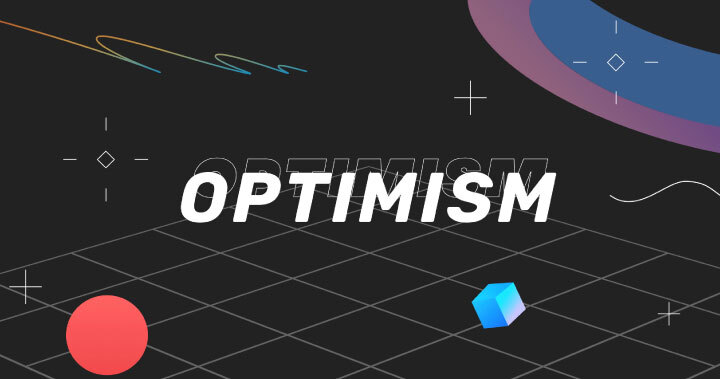
Optimism (OP), as a leader in Ethereum Layer 2 solutions, has attracted market attention since its launch. This article will deeply explore the technical background, market performance and challenges of Optimism, and combine it with SEO optimization strategies to provide readers with comprehensive information.
Technical background of Optimism
Optimism is an Optimistic Rollup solution that is compatible with the Ethereum Virtual Machine (EVM) and aims to increase the transaction speed and reduce transaction fees of the Ethereum network through Layer 2 expansion technology. Its core components include Sequencer and Verifier. Sequencer is responsible for creating a high TPS (transactions per second) blockchain, while Verifier exposes key information of Layer 2 blocks through the ETH main network to enhance security.
working principle
Sequencer: Creating an efficient blockchain, but highly centralized and prone to malicious behavior and failures.
Verifier: The Sequencer is required to pledge assets and disclose the key information of the Layer 2 block on the ETH main network. The verification program will automatically read and check the accuracy.
The design concept of Optimism is to construct a mapped version of the second layer block on Ethereum by transmitting messages across domains. This design allows it to maintain a certain level of safety while maintaining efficiency.
market performance
Since the launch of Optimism, the market performance has been unsatisfactory and the price has been falling. Here are three reasons why prices are lower than expected:
Scientists jumped the gun: Since Optimism had publicly tested the token contract a few days ago, some users bypassed the front-end and directly interacted with the contract, getting the airdrop first and selling when the price was expected to be higher.
Insufficient preparation for access pressure: After the airdrop application was opened, Optimism experienced a peak in access traffic, resulting in serious delays in the main network and remote procedure calls (RPC), and most ordinary users were unable to apply successfully.
Liquidity pool expectations were dashed: US$50 million of USDC was invested in the liquidity pool during the test, but was withdrawn after it was officially circulated. Market expectations were dashed, which dampened investor confidence.
Development potential and challenges
Despite many challenges, Optimism still performs well at Layer 2. Data shows that Optimism’s TVL (Total Locked Volume) bucked the trend and rose by 15%, from 590 million to 868 million. Additionally, Optimism’s total number of addresses increased significantly, from 327,000 to 350,000, a 7% increase. The number of daily transactions also increased from 45,000 to 70,000, an increase of 56%.
future development
The challenge for Optimism is how to retain users and achieve further development of the ecosystem, rather than just attracting users through airdrops. More activities and project development are needed to support the future development of the network.
The Optimism network will have no problem withstanding huge growth in the number of users and transactions, and this rapid growth will not result in higher fees for individual users because of the stable Ethereum gas price and lack of congestion.
Competitive Advantage
Optimism has deployed many proven infrastructure type projects such as Uniswap, Aave, and Curve, giving it the potential to take over Arbitrum and become the number one OP Rollup platform.
"The battle royale has begun. No matter who comes out in the end, users will be able to enjoy cheaper services and more applications, and the popularity of Layer 2 will soar."
Summary: Currently, the actual circulation of Optimism is only 100 million, and the market conditions are not good. However, users who participated in the OP airdrop, especially those who participated in voting, received considerable rewards. Accounts that have simply interacted have even received tens of thousands of dollars in airdrops, and users who have deeply interacted have received returns ranging from tens of thousands to hundreds of thousands of dollars.
The market environment has been difficult in the past two years, and many users have chosen to participate in airdrops and new projects through low-cost methods. Although the results are unpredictable, this approach is still more attractive than traditional work. Regarding the future of OP, I personally think that when the price reaches 0.6-0.8 US dollars, you can consider buying in moderation.